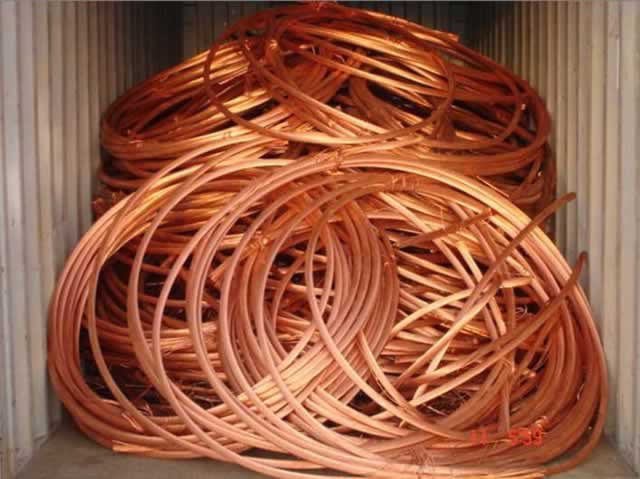 Business Correspondent
Business Correspondent
In Zimbabwe, there seems to be a popular belief that high speed broadband rides exclusively on optical fibre. It has, however, emerged from extensive research that existing copper networks with some additional investment are capable of delivering significantly improved high-speed broadband at cost effective tariffs.
On-going research in copper access technologies also points to the fact that, copper access will certainly be around in the medium to long term.
Admittedly optical fibre is the future access technology of choice, especially in rural areas due to its bandwidth capacity, access distance and minimal susceptibility to interference. It is, however, a reality also that rolling out a new fibre access network to the home (FTTH) is very expensive.
It is estimated that deploying FTTH requires investment, approximately two to five times higher than required for existing copper plant.
These costs are ultimately borne by the broadband user at the end of the day. There are also regulatory and technology issues i.e. active/passive repeaters to be considered although they are minor.
Indeed in many parts of the world — especially in Europe — the rush to FTTH is being rapidly re-thought as technological enthusiasm gets confronted by commercial reality and operators look to extract more value from their existing copper networks rather than deploying solely FTTH.
Current Household Bandwidth Requirement Trends
Current and forecasted bandwidth per home requirements are as follows:
Daily data consumption in 2010 was 10MB
Daily data consumption in 2020 is predicted at 1 000MB (1GB). According to the Nielsen Study, 2011
The table above demonstrates that the DSL technologies can meet the current home and small office broadband requirements.
ADSL can deliver 8 Mbps up to 5km. ADSL+ can deliver 24 Mbps up to 5km and VDSL 2 can deliver 100Mbps up to 2km from the exchange.
Vectoring and Phantom technologies can deliver typical data rates of 200Mbps and 1Gbps. Optical fibre reach is no longer but the bit rates are what the customer really needs.
What does all this mean?
Copper can match the bit rates of optical fibre now and in the immediate future with future with comparably much less investment.
TelOne therefore advises existing and prospective broad users not to fall into the trap of believing that they can only get broadband over optical fibre.
This can only lead to unnecessary expenses when they can get similar or better performance from the existing copper based solutions. Worldwide DSL technologies are still in use and delivering quality services.
Finally, the most bandwidth demanding services are the video services. Generally video service specifications are as follows: -
IPTV HD – 20 Mbps per stream (at most 5HD, STB, totalling 100Mbps)
IPTV SD – 4 Mbps per stream
Over the Top (OTT) 0 2.5 Mbps per stream
As illustrated all these bandwidth requirements are within the capabilities of the DSL. TelOne offer the ADSL2+ service in Mutare, Gweru, Marondera, Chitungwiza, Gwanda, Norton, Victoria Falls, Chegutu, Masvingo, Kadoma, Bindura, Chinhoyi, Harare, Bulawayo, Gweru, Masvingo and Rusape.
For speed tests visit www.speedtest.net <http://www.speedtest.net>
TelOne ADSL BROADBAND
Packages
TelOne ADSL BROADBAND is packaged on different speeds. The customer can choose packages that suit his or her requirements depending on the number of users and/or online applications that the home or office runs.